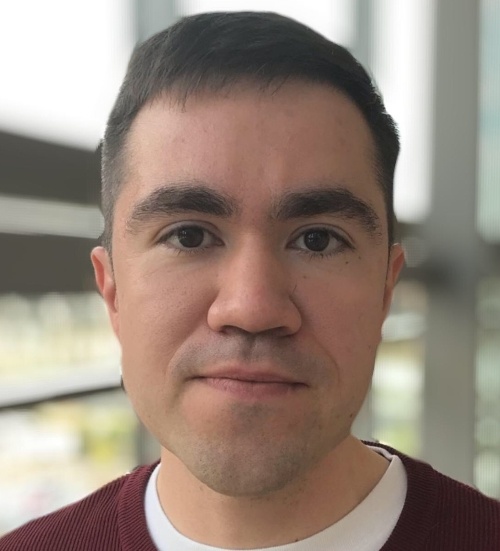Breast cancer progresses from atypical hyperplasia to in situ carcinoma before becoming invasive. The phase between indolent cancer and its invasive state is marked by an increase in cellular heterogeneity. This heterogeneity consists of three layers: cell states, epigenetic states, and clonal states, from more dynamic to more stable respectively.
Ruslan Strogantsev’s team wanted to investigate the middle, epigenetic layer. Their key questions included: what is the influence of genetics on epigenetic states? Do these states exist independently of genetics? And how much does the tumour microenvironment influence this?
The team have developed both computational and wet lab approaches to answer these questions. They use multiomic assays, spatial ATAC, and high-throughput single cell methylation assays to investigate breast cancer dynamics.
Using multiomic data from ER+ breast cancer tumours, Strogantsev’s lab collaborated with Gurkan Yardimci’s lab who has developed an algorithm called RIDDLER to assess large-scale recurrent copy number aberrations (CNAs) in 20 ER+ breast cancer samples. Doing so, they found strong evidence for genetic variation influencing epigenetic configurations at least on the level of chromatin accessibility
Going further, Strogantsev wanted to interrogate how the epigenetic layer, at the level of DNA methylation, is influenced by underlying genetics verses the tumour microenvironment. To do this, they combined a single-cell methylation (scMet) assay and laser capture microscopy (LCM) spatial DNA methylation profiling to map the epigenetic landscape of normal breast and ER+ breast tumours.
They found that cancer cells show megabase-scale loss of methylation across the entire genome with a pattern specific to individual patient. Furthermore, multiple genetic subclones can exist, each with distinct DNA methylation signatures. Herein, subclonal epigenetic states are regionally patterned within the tumour microenvironment.
Going forward, the team would like to combine spatial proteomic and transcriptome assays on the same tissue section and perform LCM of select cell types. Furthermore, to identify what determines the most aggressive phenotype, it would be optimal to trace genetic clone and epigenetic state evolution in a model system. Finally, the lab wants to be able to identify invasive epigenetic states in patient blood plasma for early detection.





